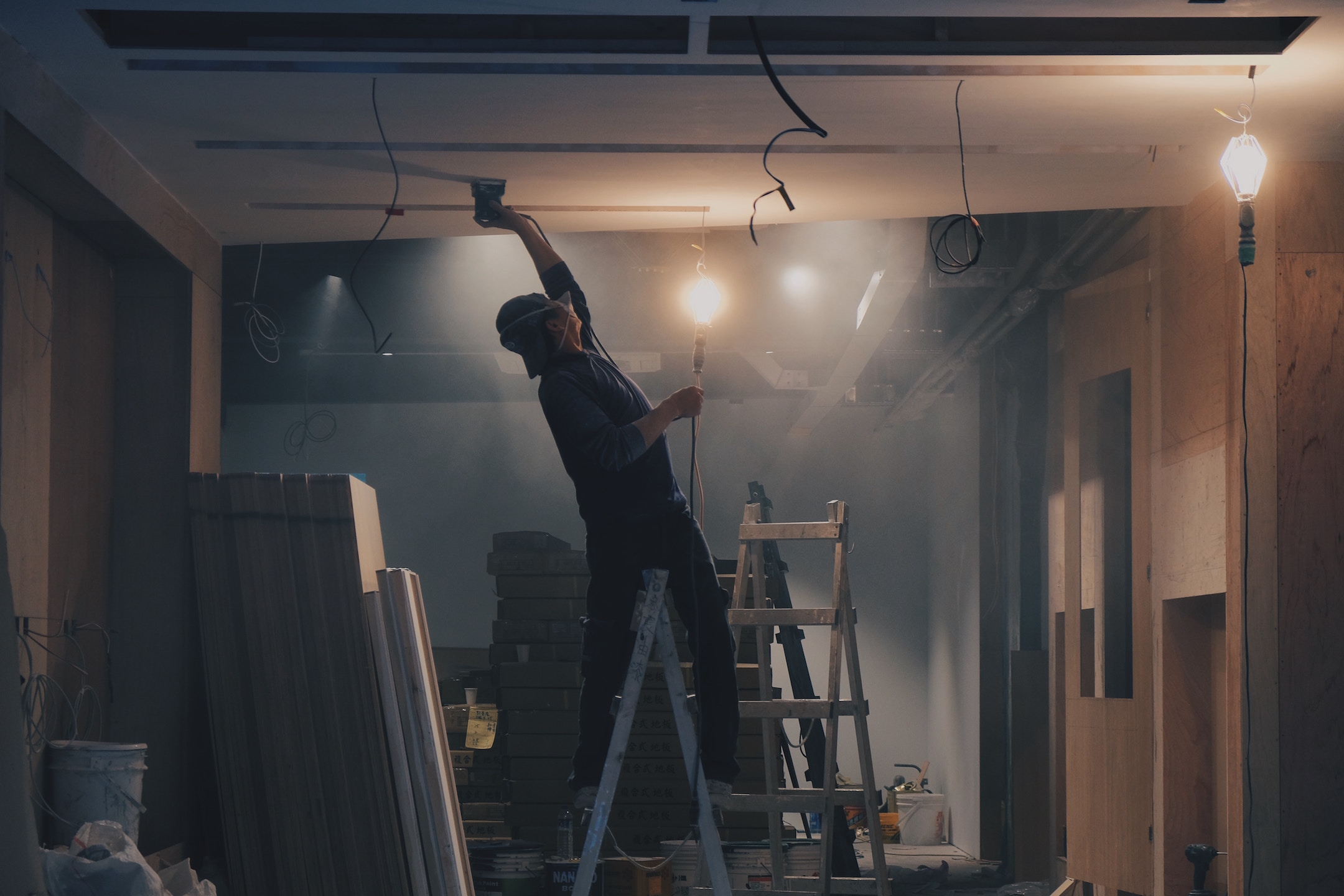“Neither snow nor rain nor heat nor gloom of night stays these couriers from the swift completion of their appointed rounds,” or so goes the saying engraved in the front of the US Postal Service Building in New York City.
Unforeseen circumstances can affect your job labor costs!
Just as snow or rain will not stop the mail from being delivered, it just might take the postal carrier longer to complete his route, which is exactly the point of this article. Many factors, including weather, environmental conditions and abnormal working hours, just to name a few, can and will affect your construction labor units on a project. This effect can be managed as long as you factor it into your estimate, and your ultimate layout of the job. Failure to do so may not only result in an overage on hours on your project, but also burnout of you or your crew!
Actual installation time is only part of a labor unit!
A construction labor unit represents the amount of time it takes to install any piece of a construction project, be it conduit, wire, light fixtures, feeders, and so on. A quantitative take-off will detail the material required, the quantity of each and the labor units required to install each item. The actual installation time, however, accounts for only 68% of a labor unit. The balance of a labor unit is comprised of time to lay out the job, study plans, receive material, mobilize, clean up, take coffee breaks, and other non-productive time.
A typical project can generally be defined by building size and shape, location, construction and work schedule, and by typical site conditions. The basic construction labor requirements should be adjusted in the estimate summary to tailor the bid to the special requirements of the building under consideration.
All of the following can influence job productivity!
Building height
Labor units for buildings over 4 stories should be adjusted by a factor of 1 to 2% per floor. Your electricians will wait to enter the man lifts or they will take the time to walk up to the designated floor! Material will need to be hoisted on all jobs over one story high.
Extremes of weather
Temperature, humidity, precipitation and wind velocity will all affect a worker’s productivity. According to actual laboratory studies, 100% efficiency of workers can be achieved only when the temperature is between 40°F and 70°F and the relative humidity is below 80% (the “10 best” days of the year.) Humidity plays more of a role in construction labor when the temperatures are higher. When it is extremely cold, temperature will influence a job more than humidity.
Scheduled overtime
A loss of productivity will occur whenever overtime is worked. More efficiency is lost when more hours are worked each day, more days per week are worked, and even more depending on the duration of the project. For example, working 10-hour days, 5 days a week will experience a productivity loss of 17% after 6 weeks.
Abnormal project durations
Electrical contractors have very little control over project schedules since their work cannot be started or completed until work by other trades has been performed. Many times bid documents do not detail the work schedule. The ideal efficiency is achieved when the contractor has time to ramp up manpower and tools to the time when the peak workforce is achieved and maintained until the electrical work is substantially completed. Often, however, scheduled target dates are missed causing increased costs for the electrical contractor. What do you do to compensate for this? First and foremost, you should document the series of events and put the contractor on notice if you feel that the work cannot be completed on schedule through no fault of your own.
Abnormal work schedules
Basic construction labor units are based on working 8 hours a day, 5 days a week, during daylight hours. Any deviation from this standard schedule will impact labor productivity. In other words, 40 hours is not 40 hours, regardless of the time of day, because humans, by nature, are not nocturnal.
Building size and shape
The larger the building size and the more spread out the project is the less efficient your labor force will be. Issues such as material delivery/receiving areas, proximity of parking, access to tools and materials, job site security, and many other issues can come into play. Please keep this in mind!
Maybe you are thinking that if you factor in any or all of these items you will never get a job. However, the whole point in estimating is to determine all your project costs before submitting a bid. Then, and only then, can you strategically cut certain items based on known factors. Your bid price ultimately comes down to strategy, but the more you know about your job before submitting your price, the better off you will be in the long run.

